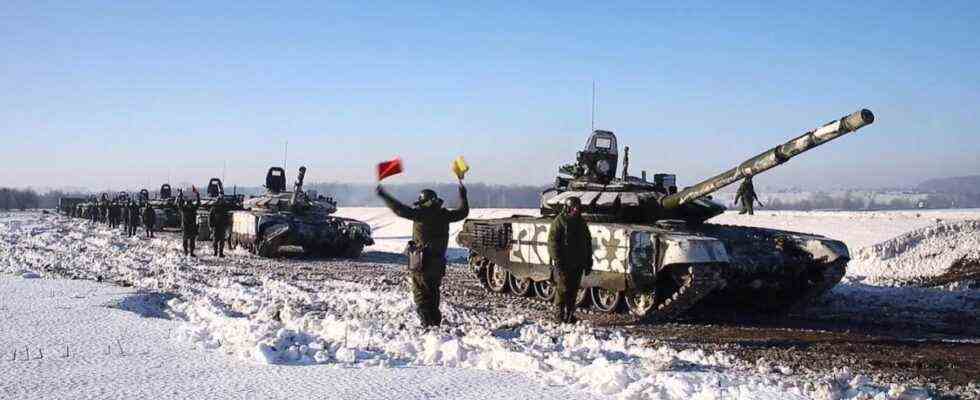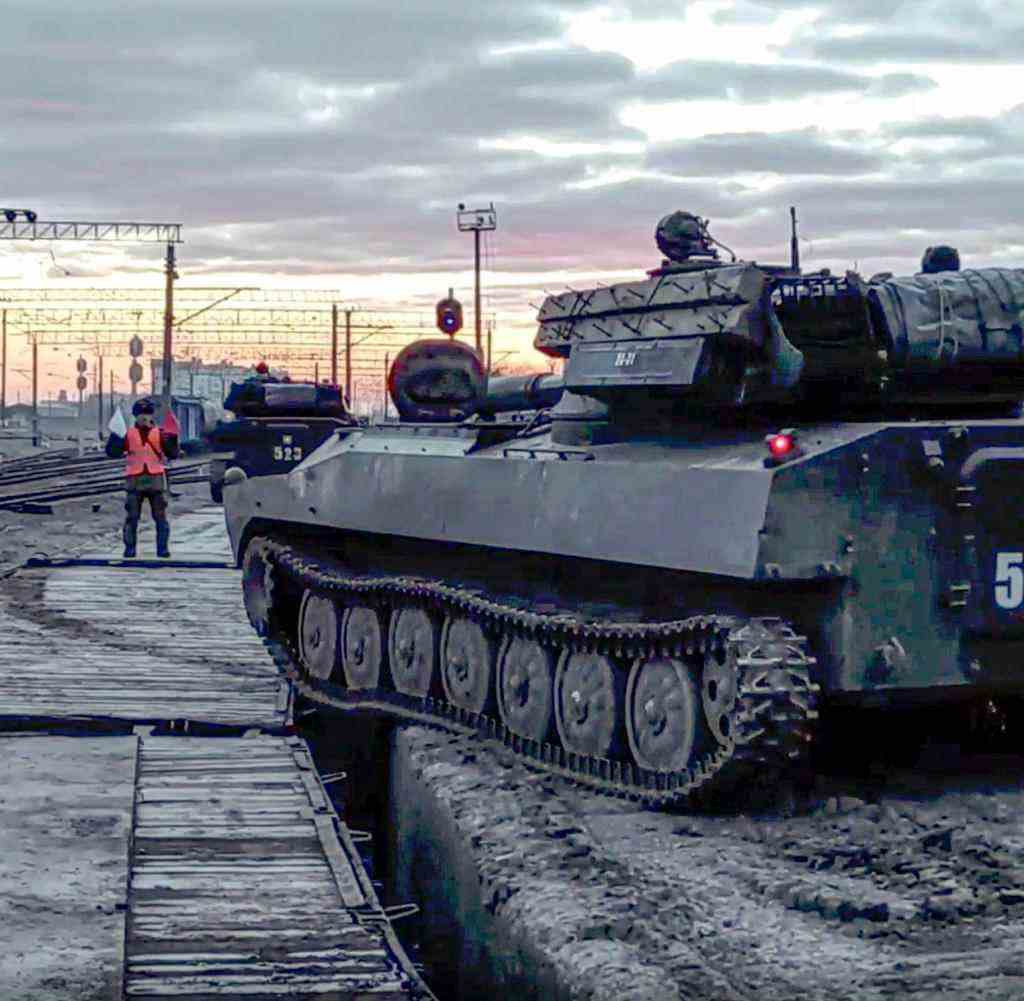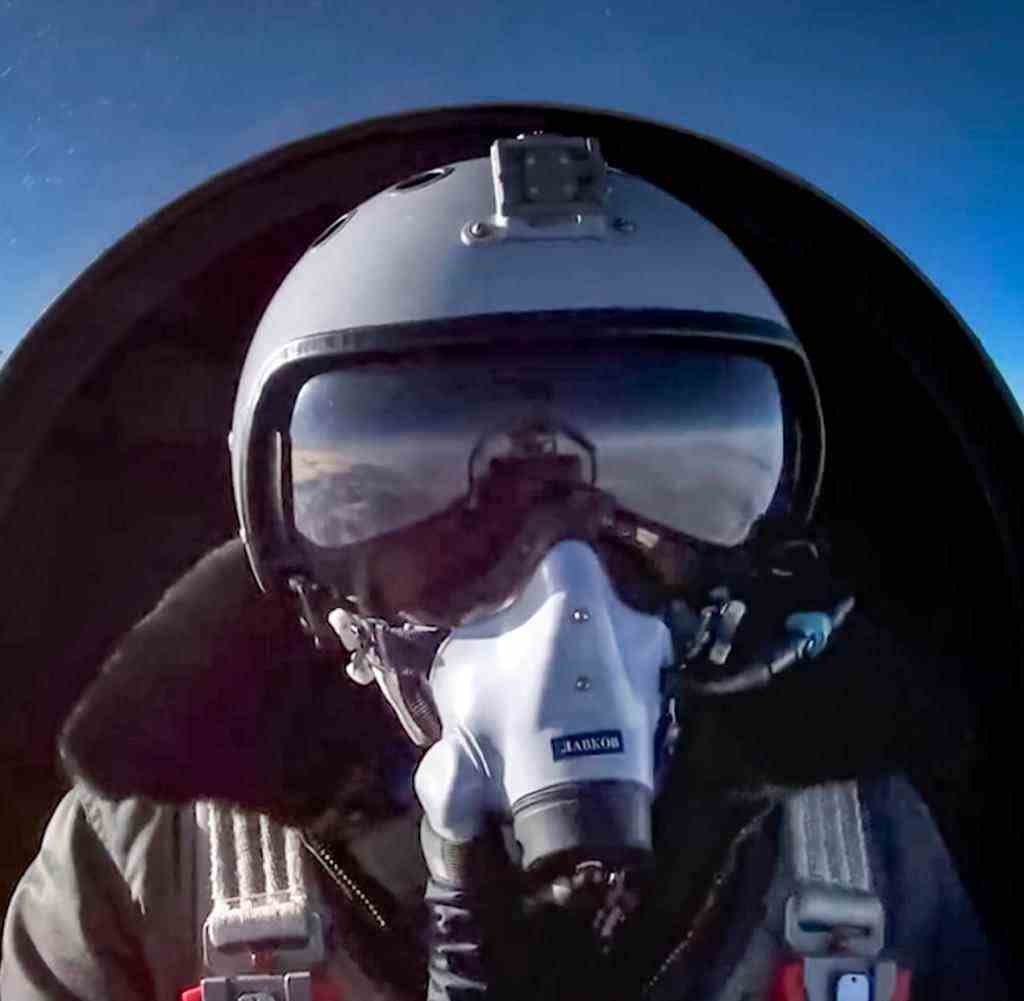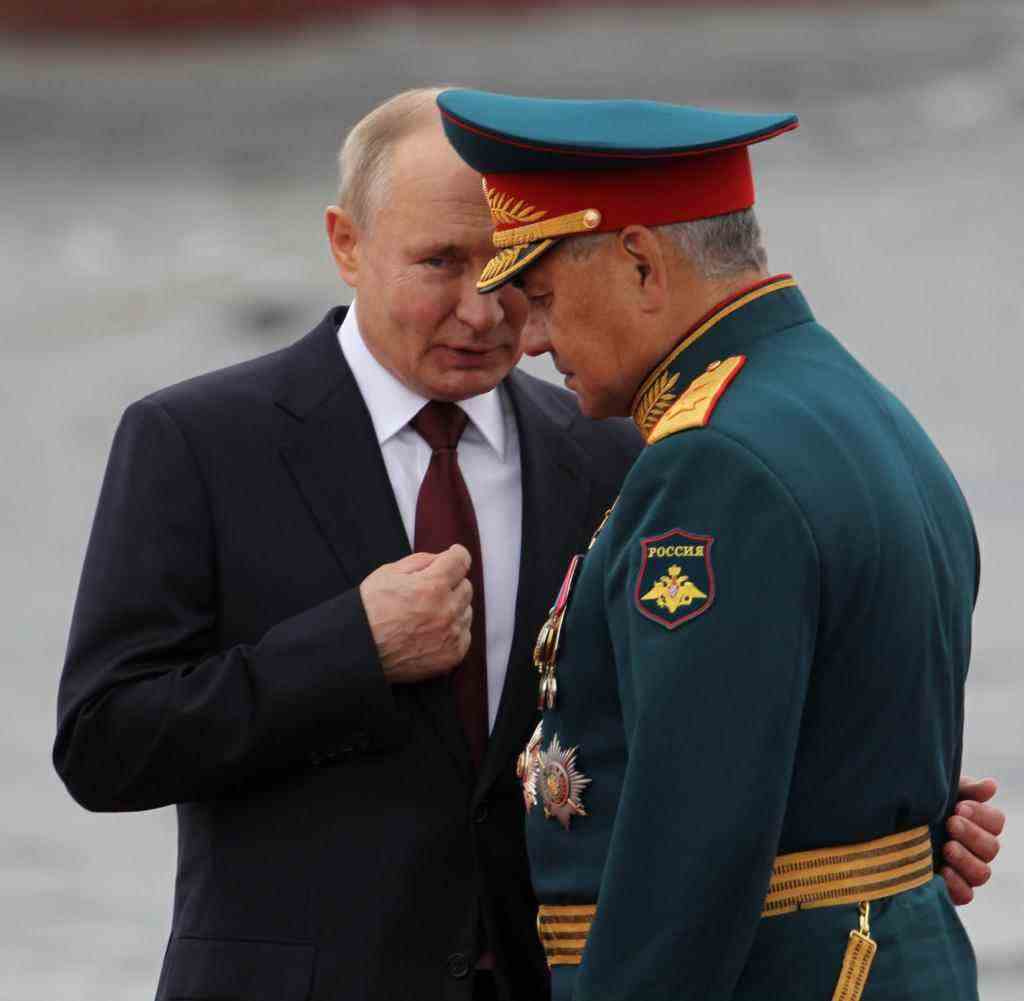How NATO is now provoking Russia
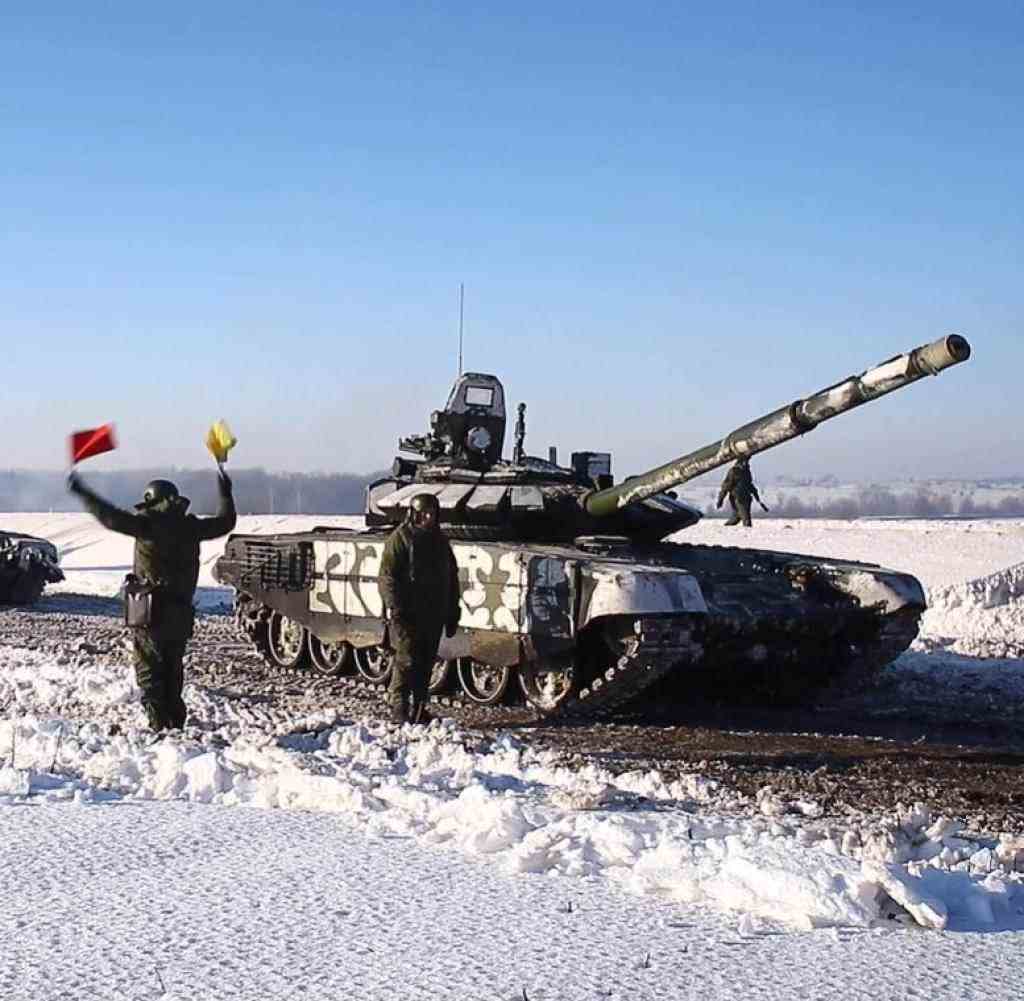
Pictures from the Russian Ministry of Defense are said to show how tanks are loaded back on their way home after maneuvers in southern Russia
Source: AFP/HANDOUT
The Kremlin announces a partial withdrawal of its troops from the border area with Ukraine. At the meeting of defense ministers, NATO plans to adopt plans for its southeastern flank. However, they could be seen in Moscow as a reason for war.
IAmid the conflict with Ukraine, Russia wants to withdraw troops from the south and west of the country – but NATO mistrusts the maneuver. Is it a bluff? Or a measure without consequences? “There are no signals for a de-escalation on the ground or for a troop reduction. On the contrary: We are seeing a growth in the military, more combat troops, more capabilities,” said NATO chief Jens Stoltenberg on Tuesday afternoon ahead of the NATO defense ministers’ meeting in Brussels. Russia could continue to launch an “invasion” in Ukraine without much warning. “Everything is ready for a new attack,” said Stoltenberg.
“It is important that we keep a cool head. Russia must de-escalate, Russia must end the threat to Ukraine,” said Defense Minister Christine Lambrecht (SPD) WELT. We are currently experiencing “an unprecedented escalation in this ongoing conflict since the illegal annexation of Crimea in 2014,” she added. “For Germany, one thing remains clear: we stand firmly by our allies, especially on the eastern flank of the alliance.”
350 additional soldiers will be transferred early from Germany to Lithuania these days. There they reinforce the multinational combat battalion of up to 1,200 soldiers, which is led by Germany. A total of 900 German soldiers will then be in Lithuania.
Like the combat troops in Latvia, Estonia and Poland, which have meanwhile also been strengthened, they are intended to form a “trip wire” for Russian troops in the event of an invasion of NATO countries as part of the Enhanced Forward Presence. These upstream troops are then to be reinforced within a few days by the so-called NATO Response Force, whose multinational forces are in their home countries and have to be transported to the crisis area.
Now the alliance has new plans. They are to be adopted at the meeting of NATO defense ministers this week. They could further fuel the conflict with Moscow in the coming days, from a Russian point of view they are an open provocation. Because now the alliance also wants to strengthen its southeastern flank.
Gateway for Russian forces
The background is internal analyzes by NATO military planners, according to which the Black Sea region is said to be a particularly favorable gateway for Russian forces. Specifically, the aim is to station 1,000 to 1,200 heavily armed soldiers in Romania under French leadership, who will rotate every six months.
NATO soldiers will also be deployed in the near future in Hungary, Slovakia and Bulgaria, but they will probably be under the command of the respective national armed forces. In addition, ships from the Spanish Navy and aircraft from Spain were sent to Bulgaria.
A daring move. Because the new measures to “reinsure” the NATO countries in Southeastern Europe are the opposite of what Moscow had demanded in December with its so-called security guarantees: the withdrawal of NATO soldiers from the areas of the former Warsaw Pact. The new NATO strategy is likely to lead to angry protests in Moscow. Experts fear that it could even become a reason for war for Russian President Putin.
One thing is already certain: the noose around Ukraine has been tightening ever since the beginning of this week. Joint maneuvers by Russian and Belarusian troops – including nuclear-capable medium-range missiles – have been intensified, and more than 30 Russian warships of different classes held another maneuver using artillery in the Black Sea on Tuesday.
During the Black Sea Fleet exercise, heavy artillery was fired to practice, for example, the defense of the Crimean Peninsula and the destruction of enemy submarines. According to internal information from NATO circles, around 160,000 Russian soldiers are now deployed in the region around Ukraine. An invasion is still “very likely” and could take place shortly, said British Foreign Secretary Liz Truss.
This is consistent with US analyses. According to the New York Times, according to US intelligence information, Moscow is discussing this Wednesday (February 16) as a target date for military action. Moscow rejects this. “I can assure you, as far as Russia is concerned, that there will be no attack this Wednesday. There will be no escalation in the coming week either, or in the week after that, or in the coming month,” Russia’s EU Ambassador Vladimir Chizhov told WELT.
Russia’s EU Ambassador Vladimir Chizhov
Source: picture alliance
“Wars in Europe rarely start on a Wednesday,” he said laconically. He called on the West to finally take Russia’s security interests into account. Referring to the escalation expected by the West, he said: “When you make allegations – especially very serious allegations against Russia – you also have a responsibility to present evidence. Otherwise it’s slander. So where is the evidence?”
Despite the tensions and mutual threats, NATO boss Stoltenberg sees “reason for cautious optimism.” He justified this with signals from Moscow that a diplomatic solution should continue to be sought. It’s a small glimmer of hope, a silken thread that Stoltenberg is holding on to desperately – nothing more.

